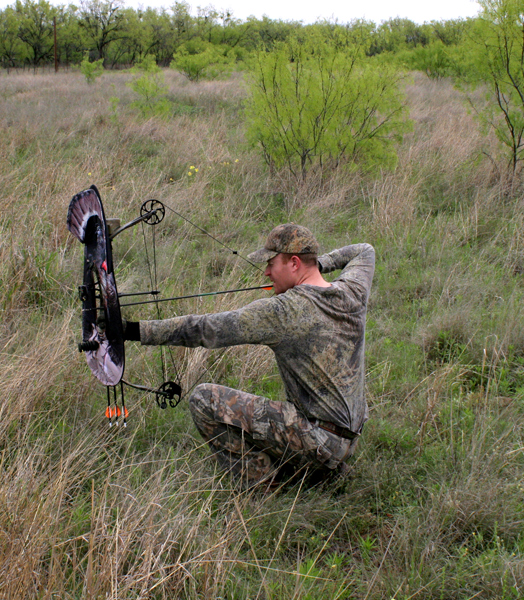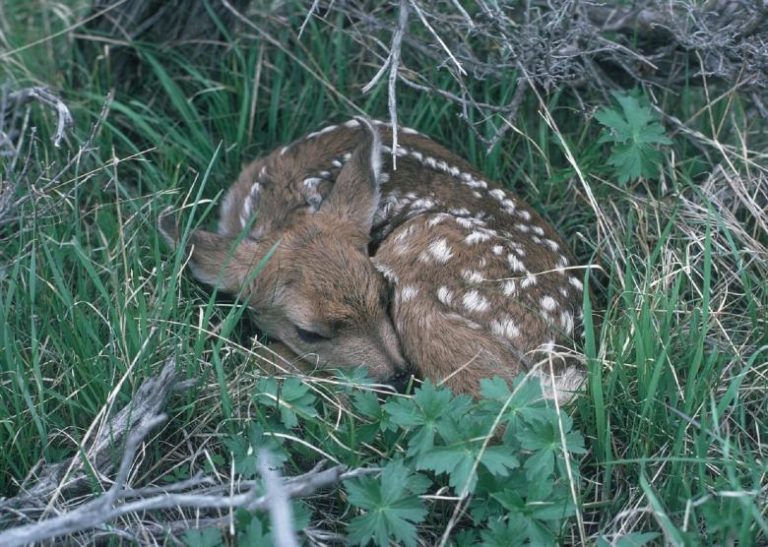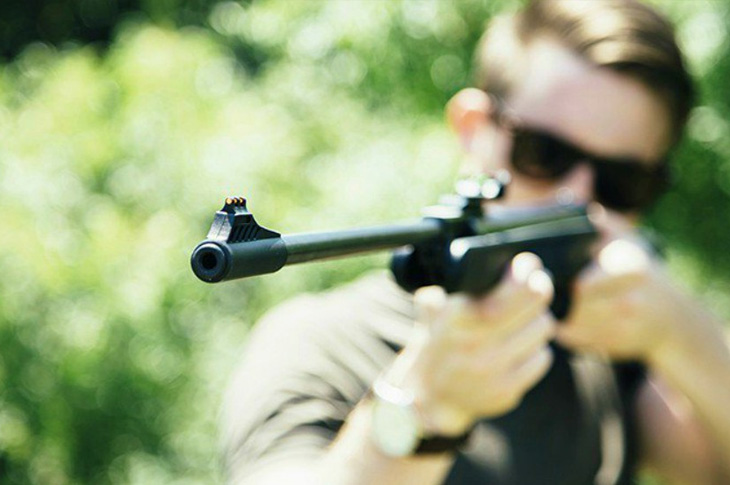Give a call, be hidden in camouflage, not wave your hand, etc. Too many tips for a good turkey hunting trip, right? Sometimes you may be immersed in tons of in-depth videos and articles. So, I want to give you the best full one. This pro guide will serve up tips to help you to hunt turkeys effectively. You’re excited and can’t wait to start, but you still have some time to take the necessary steps in order to make your turkey hunting experience a memorable and successful one. So take good notes and remember for yourself.

Best Places for Hunting Turkeys
The diversity is one of the most key elements that create good turkey habitat. Sometimes it may be substantial chunks of unbroken timber. Or somewhere with sparse timber (10-50% open, non-forested lands). Because turkeys roost in trees, or any safe areas to cover to hide them from predators. No matter where it has to contain basic needs for most living creatures. They are food, water, and shelter.
Now turkey populations are booming across the US, so you can easily find turkeys on public lands. Of course, public lands also bring you more hunting pressure. However, they offer plenty of room to roam and escape the pressure.
There are many sources that provide the list of turkey hunting public lands. You can find more consulting state wildlife agency websites. For any region, you should look for key habitat features.
Hunting Private Land
Private land is often better than public land for big game, like elk and deer. But the playing field can be more leveled when it comes to turkey hunting.
Food Plots
Green food plots for deer can be an attractive source for turkeys, especially in the spring. Cover, greens, bugs, etc. All attract turkeys.
For example, clover, chicory, and wheat plots provide a huge amount of turkey nutritious forage. On top of that, they also attract a ton of insects that contain a heavy protein. Protein is extremely important for hens in the spring to produce eggs.
Or a lush plot offers excellent brood habitat for poults and areas for gobblers to strut.
To establish a food plot, chufa is a recommended plant. It is a relative of nutsedge that produces peanut-sized tubers in the fall. Especially turkeys love these tubers. So they usually dig them out of the ground.
Best Turkey Hunting States
Florida
Florida is the only place where Osceola turkeys can be hunted. They are found in the bottom two-thirds of the state’s peninsula, and while biologists there combine them all in projecting population estimates—roughly 100,000 birds total—hunters there also harvest in the ballpark of 26,000 birds each spring. That’s a whopping 26% of the state’s entire turkey population.
Tennessee
This is home to 310,000 turkeys. Hunters there tagged 37,000 of those birds in 2010. The state presents hunters with a lot of mountainous and rolling terrain, and the numerous hollows and wooded ridges provide ideal habitat for gobblers to thrive in.
Kansas
Kansas is earning a reputation for its turkey hunting. Across the state, hunters will find Easterns, Rio Grandes and Merriam’s. Merriam’s, however, are primarily found in the southwestern corner, which is accessible only by draw, while the rest of the state is available to over-the-counter tags.
Pennsylvania
Western Pennsylvania’s rugged terrain has always supported ample turkey populations. Despite the high rankings, the harvest rate was only 12 percent of the overall population meaning there is still ample seed stock for producing more birds each year.
Texas
This is home to the largest turkey population of any state with an estimated total of 510,000 Easterns and Rios. Texas offers the preeminent Rio experience with top-outfitted options in the Texas Hill Country or slightly farther west between San Angelo and around Eldorado. The Albany area, three hours west of Dallas, also boasts some fantastic hunting.
Missouri
From the southern Ozarks to the northern woodlots and pastures, it was nothing to hear gobblers in the double digits on the roost in the late 90s and early part of the past decade. Hunters set a state record in 2004 killing 62,000 gobblers. Successive years of unfavorable weather have hampered reproduction, but the state still boasts an estimated 308,000 turkeys, and last year hunters tagged 46,200.
Wisconsin
Turkey numbers, hunter harvest and odds for success are so high in Wisconsin. Wisconsin has the fourth highest turkey population in the country with 320,000 birds, and despite the draw, hunters there took a mind-numbing 47,722 gobblers, still only 11 percent of the overall population.
Best Time to Catch Turkeys
Almost states have a spring turkey season, opening on early March 1, late as May 3. In Deep South states, it is usually from mid- to late-April. If you choose Maine, the season doesn’t traditionally end until the first part of June. In short, plenty of potential time to get your gobbler.

Why Spring Season?
This is the turkey breeding season. Increased daylight signals a shift toward mating time for hens. Male turkeys will gobble to tell hens where to find them. They provide a visual to go with this vocalization. And then the hen responds as well. When it is nearby, dominant gobblers will strut.
In the spring, hen turkeys lay eggs in the nest on the ground, near food sources. Incubation usually takes 4 weeks and clutches about a dozen eggs.
After the breeding season, poults stay with the brood hen during other seasons. And older gobblers will run together and move to new locations.
Hunt Turkeys in Early Season
To hunt turkeys in the early season, you should remember the following tips:
- Loud gobbling in the spring will help you know the male turkey’s location to hens, and the time to begin your hunt as well.
- Fool gobblers by finding an alone male turkey and calling him. Find a gang of gobblers and do it again. Remember that they are without hens. However, distant calling is difficult to attract “henned up” birds.
- Find turkeys’ daily movements, scout and intercept them. You should use a blind to sit longer.
- Always keep patience in mind. The more you hunt a particular bird, the closer you come to tagging him.
Hunt Turkeys in Late Season
Unlike the early season, to hunt turkeys comes faster. Turkey can come to investigate your calling, even bring the group with him.
Call in a Turkey
When you have found a place to hunt turkeys, you should think about hunting setups. Find a close place to the gobbler you want, and call it.
The calling sound is extremely important, so imitate the sound, and call them right to you. Normally hunters make 2 basic calls: the plain cluck and hen yelp.
A cluck is a single-note sound made frequently throughout the day by both gobblers and hens. Clucks are often spaced out, with two or three seconds between notes. And sometimes the bird might just cluck once.
The plain hen yelp is usually three to eight notes long, and it’s the calling option most often employed by spring turkey hunters to lure gobblers to setups. Hen yelping is higher-pitched than the deeper, coarser yelping of gobblers. Tom turkeys yelp with a slower cadence as well, and yelps are generally fewer in number — often three notes: yawp, yawp, yawp. In the spring, a jake will often yelp, rather than gobble, on the approach, so it’s an important sound to recognize.
There are many ways to make a call:
Use a Box Call

Most box calls are made of wood. When you scrape the paddle bottom against a side panel’s lip the hollow chamber inside the narrow, rectangular box makes a sound.
You can tune your box call with chalk (Carpenter’s chalk), rubbing it along the paddle’s bottom. Remember that always keep the call dry.
Use a Slate Call

Having the same basic design but various styles, slate calls can create some of the most realistic sounds of turkey call. A slate striking surface is attached to a hollow pot with drilled holes underneath. That can create sound resonance with the inner chamber.
The other half of this two-piece is called “peg”, which is made of wood, carbon, plastic, glass, even turkey wing bone. Friction is required to create sounds, so you can use fine grit sandpaper on glass or aluminum.
Hold the pot, striking surface up, with your thumb in the nine o’clock position and middle finger at three o’clock. Grip the peg like a pencil, thumb in the striker’s center. You can make a variety of turkey calls by varying the stroke pattern. All vocalizations require keeping the peg tip on the surface.
Use a Mouth or Diaphragm Call

This inexpensive way can make realistic turkey sounds. Especially it offers hands-free operation.
Here are some popular words: ‘chick’, ‘chirp’, ‘chop’, and ‘chalk’. You can use your tongue to fit the diaphragm against the roof of your mouth. Face the straight edge forward. Try for a tight air seal. Now put your tongue lightly against the reeds. To yelp, push air between the top of your tongue and the reed. Saying words as you do this can help.
Running your mouth diaphragm call with the right number, rhythm, length, volume, spacing and pitch of notes will improve your turkey calling game.
Locator Calls
Traditional locator calls usually include the crow or barred owl. They are used to locate gobblers but should be used sparingly. Because when a gobbler hears too many crow calls and owl hoots, they will no longer surprise him and stop shock.
Turkey Hunting Gears and Accessories
There are appropriately 1,000 items of gear available to hunters. To pick what’s exactly necessary for your hunting trip may be daunting. These suggestions will help you make your buying decisions.
Decoys and Stakes
You can hunt turkeys without decoys. But the success dramatically increases with the use of decoys.

Use Hen and Jake Decoys
A hen and jake decoy combination will challenge most gobblers, but particularly those vocal 2-year-old birds that often travel in pairs during the bulk of the spring season. It’s these 2-year-old longbeards that often make up the majority of the harvest each spring. They’re aggressive and still just a bit reckless. But they aren’t the dominant birds in the area, which means they’re looking for hens that the boss tom hasn’t yet claimed for himself. Seeing an insubordinate jake with a hen is often more than they can stand.
Use Strutter Decoys
The use of a strutter decoy should be confined to areas where a dominant bird is known to frequent or there is a pack of sub-dominant gobblers running together. A single sub-dominant turkey may not approach a full-strut decoy. But give him a wingman or two and the game changes, and you can often bring the entire boy band in on the run with intentions of ganging up on the strutter.
No Decoys
When hunting in areas of heavy timber or dense cover. In these instances, turkeys can’t see long distances. When they do spot the decoys, they may be quite close, and could even spook at the sight of the unexpected decoy. It’s better to use the terrain to your advantage in this situation.
In some places, heavily hunted public land, especially, using a decoy in conjunction with calling and full camouflage can be dangerous. You don’t want to be sitting next to a jake decoy that another hunter decides he wants to shoot. This is a judgment call left solely up to you.
Turkey Calls
- Pot & Peg
- Diaphragm Call
- Locator Call
Shotguns
Your shotgun needs to fit you so that you can shoot turkeys well. And it needs a non-reflective finish as turkeys will catch the sight of a shiny blued gun about every time.
Single-shot shotguns work for turkey hunting. They’re lightweight and typically the least expensive option. Though most have fixed chokes, those with full chokes often pattern quite well.
Hunting Clothes
Turkey Vest

Turkey hunters carry a lot of gear, including calls, strikers, flashlight, snacks, water, shells, decoys, maps. You’ll need a place to store all those goodies, and nothing does the job as well as a quality turkey vest. In addition to carrying your gear, a turkey hunting vest allows you to hunt more comfortably.
Turkey Hunting Boots

To hunt turkeys, choosing the right pair of boots is important. That choice starts with identifying the type of terrain you’ll be hunting and the weather conditions you’re likely to encounter.
Calf-high rubber boots are good when hunting relatively flat terrain where you’re likely to encounter wet conditions. They’ll keep you dry and comfortable enough for moderate walking. In hillier terrain or on longer hikes, a comfortable leather or Cordura boot is a better choice. They provide more ankle support for longer hikes and difficult. If you’re likely to encounter water, make sure the boots feature Gore-Tex or other waterproof material.
In areas with venomous snakes, you should consider a tall, snake-proof boot design.
Camo Headnet
Mesh is cooler, so that’s what you should wear. You can keep an extra in my vest in case losing one.
Camo Gloves
Fingerless or split-finger gloves are recommended because the bare skin is the best to touch the calls and the gun.
Others
Pocketknife or Multitool
They are quite important during the hunting trip: fix something, or used for emergencies.
Water
A 16-ounce bottle of water, because to hunt turkeys is thirsty work.
Toilet Paper
You should store the better part of a roll in a zip-seal bag; finding suitable leaves in the dark can be tough.
Cellphone
Your cellphone should be fully charged and ready for emergencies. It also can help you direct the way in the forest. Or keep nice memories with great photos.
In Conclusion
Sometimes to hunt turkeys is like magic, and responsive gobblers come in on a string. But all these tactics are for all the hunting times. If you’ve never hunted turkeys before, hope that this guide can make you a better time to get started.
In addition to hunt turkeys, you may like Top 10 tips on hog hunting for beginners.














